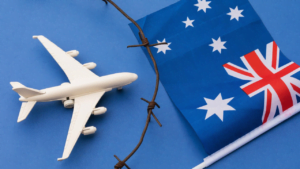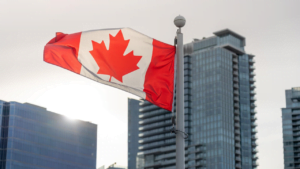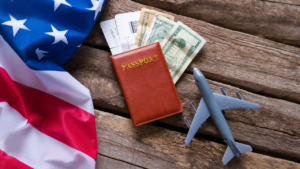Visa-Free Countries for Indians in 2024: This is your guide to produce the best travel guide of all time.
It is easier today than ever before to travel the world with an Indian passport. The following lists some of the countries that Indians can visit in 2024 without having to worry about getting a visa. This blog is an informative resource about the visa-free countries for Indians, documents needed, and how to get into mentioned countries. Which countries are visa-free for Indians Today, people holding an Indian passport can travel to 62 countries without visas by 2024. 1. Angola2. Barbados3. Bhutan4. Bolivia5. British Virgin Islands6. Burundi7. Cambodia8. Cape Verde Islands9. Comoro Islands10. Cook Islands11. Djibouti12. Dominica13. El Salvador14. Ethiopia15. Fiji16. Gabon17. Grenada18. Guinea-Bissau19. Haiti20. Indonesia21. Iran22. Jamaica23. Jordan24. Kazakhstan25. Kenya26. Kiribati27. Laos28. Macao (SAR China)29. Madagascar30. Malaysia31. Maldives32. Marshall Islands33. Mauritania34. Mauritius35. Micronesia36. Montserrat37. Mozambique38. Myanmar39. Nepal40. Niue41. Oman42. Palau Islands43. Qatar44. Rwanda45. Samoa46. Senegal47. Seychelles48. Sierra Leone49. Somalia50. Sri Lanka51. Saint Kitts and Nevis52. St Lucia53. St Vincent and the Grenadines54. Tanzania55. Thailand56. Timor-Leste57. Togo58. Trinidad and Tobago59. Tunisia60. Tuvalu61. Vanuatu62. Zimbabwe Documents Required for Entering Visa-Free Countries for Indians The good news is that most of these countries do not require visas; however, the following documents should be prepared in advance to make the entry process easier. Here are the common documents needed:Here are the common documents needed:Valid Passport: Make sure your passport is good for at least six months from the date of your entry in a country.Return or Onward Ticket: In the same way, it is, therefore, necessary to show an evidence for one’s return or onward journey.Proof of Accommodation: Any proof of your accommodation like the bookings you made in a hotel, or a letter from whoever you are staying with.Sufficient Funds: Basic items that may include money for the whole period of stay or bank statements showing you have enough money.Travel Insurance: There are some countries which demand the travelers to provide them with adequate proof of insurance to cover medical expenses.Health Documents: Vaccination certificates or health declaration, particularly, if arriving from the area of certain health risks. Process for Traveling to Visa-Free Countries Research Entry Requirements: However, ensure you check the entry requirements, and regulations regarding the nationality of the country you wish to visit. Such information is usually posted on the country’s immigration website or from any advisories undertaken on the country to be visited.Prepare Documents: Collect all relevant documents, make sure they are valid and comply with the legislation of the country where the patient is going to be treated.Book Travel Arrangements: Book your flights, and other means of transport, accommodation, and any other activities or tours that you would like to participate in.Pack Accordingly: If it is cold, dress up warmly and if it is a dear cultural area, dress decently. Do not forget to bring duplicate of all legal documents.Arrive Early at the Airport: Try to plan your travel ahead so that, all the necessary procedure that has to be done at the airport can be done beforehand and tension and hurry can be avoided.Follow Local Guidelines: At this, work within the guidelines of the particular country’s immigration and customs policies. When you are required to present documents, do so when your turn comes, and be prepared for any questions the immigration officer may ask you. Key Takeaways Visa-Free Travel: The current level of visa free countries by holding Indian passport in 2024 is sixty two.Required Documents: A passport that is valid, a return/onward ticket, a proof of accommodation, money to cover and expenses during the stay, insurance, and health certificates.Travel Process: They have to determine entry requirements, prepare the necessary documents, organize flights, carry appropriate luggage, arrive at the airport earlier than needed and adhere to the rules of the country that will be visited.










